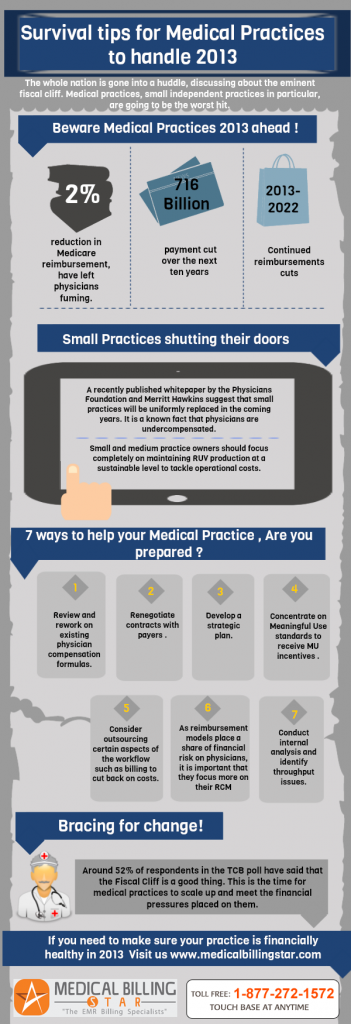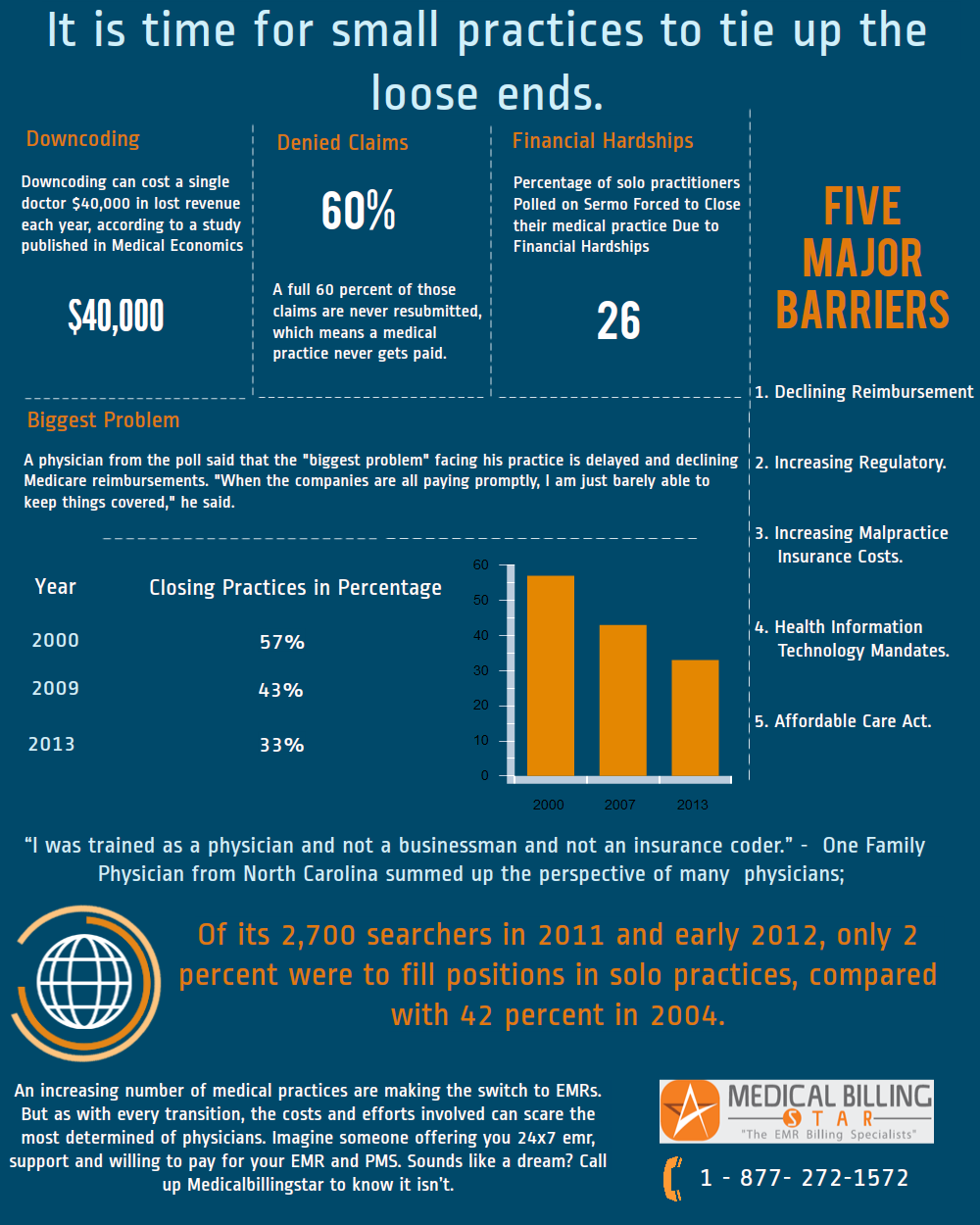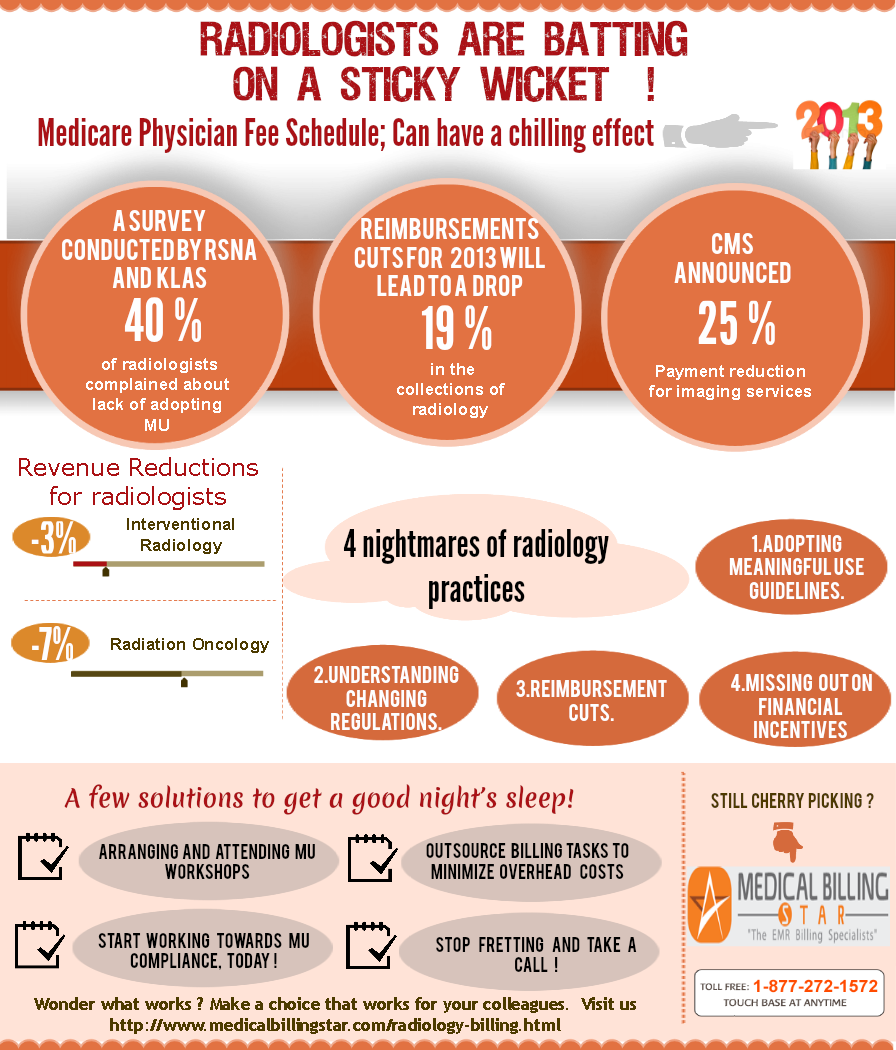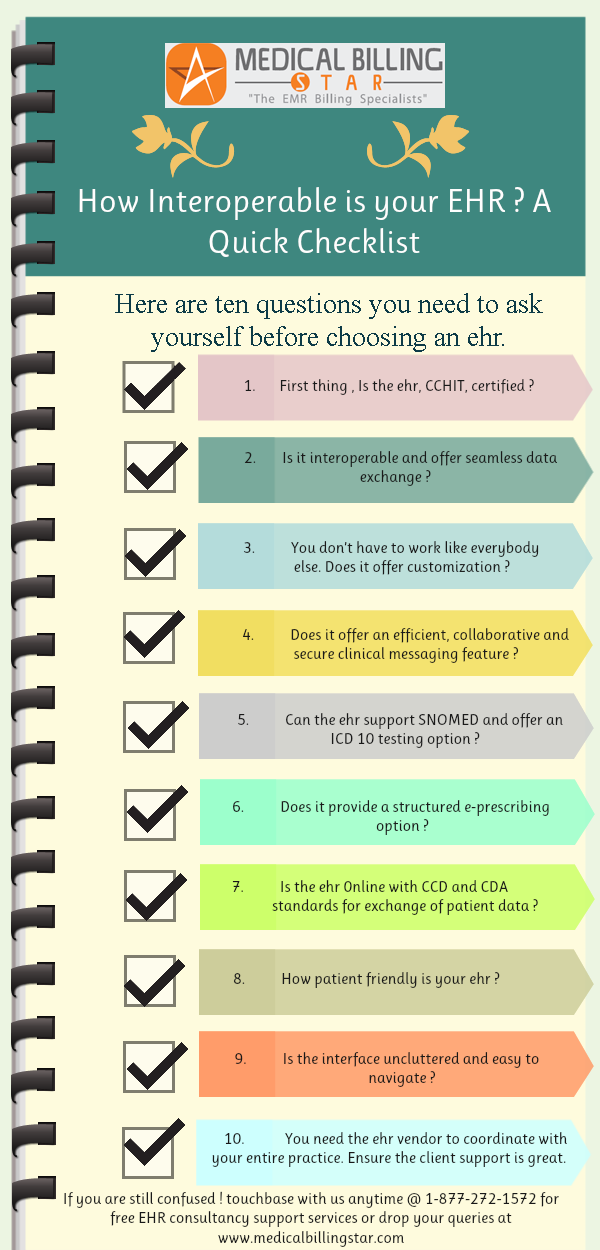Beware Medical Practices 2013 Ahead !
And we are not exaggerating. The whole nation is gone into a huddle, discussing about the eminent Fiscal Cliff. Medical practices, small independent practices in particular, are going to be the worst hit. Across the board sequestration cuts and a 2% reduction in Medicare reimbursement, have left physicians fuming.
716 Billion Payment cut over the Next Ten Years…
The patient protection and affordable care act are aimed at improving the quality of patient care and reduce duplication. But, at what, cost ? From 2013 to 2022 it is going to be one rollercoaster ride for medical practitioners. Hospitals are increasingly merging and affiliating to handle the reimbursement cuts.
Declining reimbursement means, acquiring and consolidating independent practices seems to be the most viable and sustainable model. Doctors, who want to continue to be independent, are facing the possibility of becoming endangered species.
Small Practices Shutting their Doors…
A recently published whitepaper by the Physicians Foundation and Merritt Hawkins suggest that small practices will be uniformly replaced in the coming years. It is a known fact that physicians are under-compensated.
Small and medium practice owners should focus completely on maintaining RUV production at a sustainable level to tackle operational costs.
A Few Ways to Survive the Tough Years Ahead !
- Review and rework on existing physician compensation formulas.
- Renegotiate contracts with payers.
- Develop a strategic plan. Every staff member should remove themselves from the everyday workday, to reflect, and devise strategies to stay profitable.
- Concentrate on meeting Meaningful Use standards to receive MU incentives while they are still around.
- Consider outsourcing certain aspects of the Medical Billing Workflow such as to cut back on costs.
- As reimbursement models place a greater share of financial risk on physicians, it is important that they focus more on their Revenue Management Cycle.
- Conduct internal analysis and identify throughput issues.
Bracing for Change !
Change is the only constant. This is the time for medical practices to scale up and meet the financial pressures placed on them. And wait for the regulatory changes to see how they play out !
In-fact, the Fiscal Cliff can even prove to be a good thing. According to a poll conducted by TCB around 51.7 % respondents felt that going over the cliff, could prove to be a good thing after all !
It could induce people to look beyond the tried and tested, and focus on coming up with novel solutions. The reimbursement and tax cuts can help a staggering economy get back on its feet. And, like they say when you hit the bottom the only is up ! As with every New Year, this is the time for reflection, resolutions, and most importantly, hope.














